Coxswains: Lighten your gunwale grip with these tips
The author, coxing a MM8+. Notice her pinkies over the gunwales for connection without tension.
Question of the week, from parents of a junior's coxswain:
Our daughter started coxing about six months ago and her hands have gotten really torn up from holding on to the gunwales. She tapes up her hands when she's coxing. Is there a way to avoid this?
Answer:
No matter what you're steering: a stern-coxed 4 or 8, or a bow loader 4, you don't even have to hold onto the gunwales!
Stern-coxed 4+ and 8+
Relax, you aren't going to fall out
When you're new to coxing you might be concerned about falling out of the boat, so holding tight to the gunwales seems like a smart idea. Next time you cox, slip your hands inside the boat and lightly grip the steering cable. If there's enough give to the cable, you could also hook your pinkies over the gunwales to help you get the sensation of your hands being connected to the boat, without having to hold on for dear life.
Connect with your feet
You might think you're just sitting there in the cockpit, but a coxswain can help balance the boat. Think about distributing your weight evenly port/starboard by getting your feet connected flat – toes to heels – against the footrest with your ankles right up against the hull. When a boat tips to starboard, press with your port (left) foot to help shift the boat back to port. When it tips to port, press with your starboard (right) foot. In theory rowers should be doing this too, especially on the recovery, to help with boat set.
Develop a strong back and abs
Remember, you're not just sitting there. If you hold onto the gunwales but let your body flop around, you could be disrupting the set and run of the boat. Plant your feet against the footrest, lightly hold your steering cable with your pinkies over the gunwales, and hinge your torso forward so your weight is in front of your hips – and stay there. You'll engage your core, glutes, quads, calves, and feet, which will help keep you connected to the boat without gripping the gunwales for stability.
Fight the check
New crews can have a serious case of The Checks. When rowers begin to drive before their blades are fully buried this translates to your body lurching forward and back, sometimes even with a snap of your neck. Grabbing the gunwales seems like the best way to control your own body, but don't forget the three steps outlined here: no white knuckles, use your feet, and use your body.
Oh, and prompt your rowers to minimize check by reminding them that the catch is part of the recovery, and focusing on burying blades before they drive.
Bow loader 4+
Adjust the headrest
If you're in a boat with a headrest on a track, you can move it towards bow or stern to adjust to your height and comfort. Take the time – or request time – to do this. Too far towards stern for a short rower and you'll have even more room to fill, and might not be able to reach the cox box cup.
Beach balls, yoga blocks, PFDs ...
Most likely you're wedged into a bow loader because you're small, which means that whether you're sitting up or laying down you're pretty much free floating in there. Fill up all that empty space with something light and soft to keep you from sliding down into the hull. (This is something no one told me the first time I got in a bow loader, and I coxed my first practice basically completely inside the hull, fingers hooked up and over the gunwales in an attempt to keep my eyes at least at deck level.)
Use your knees
Even with random items shoved into the hull to keep you from sliding down, remember you're not just laying there. Just like in the stern where you can use pressure on your feet to help stabilize the set, you can do the same in the bow by pressing your knees against the hull. Constant engagement of your core while pressing your knees out gives you two more points of contact with the hull.
If you absolutely must hold on to the gunwales
If the gunwales are coarse from getting banged up and you get scrapes or cuts on your hands from holding on, check with your coach or equipment manager about putting electrical tape along the gunwales where you most often grab. That simple fix should make your hands happier.

